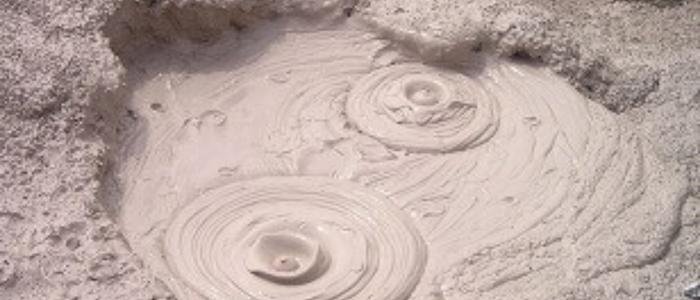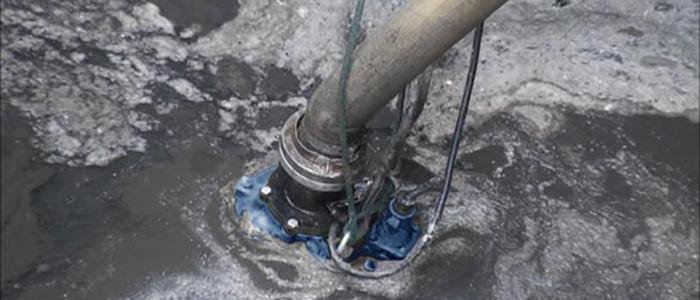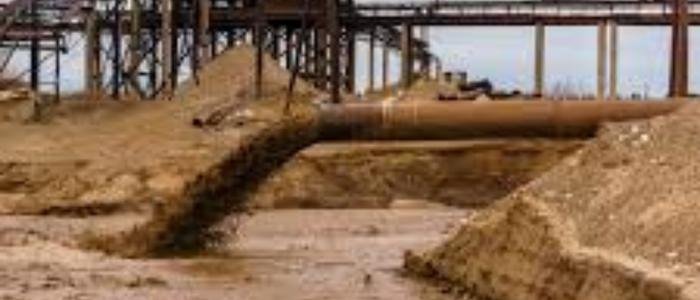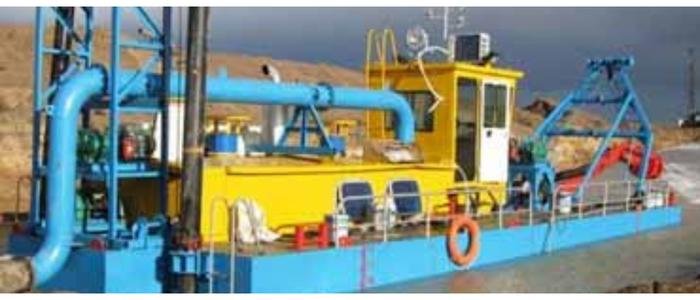Sand and sludge are rarely mentioned in “pleasant” conversations. Any of these words conjures up images of filthy muck, bacteria, and waste. Dealing with these fluids, however, is unavoidable, and the correct submersible pump is required to handle the heavier load.

Having the right pump greatly improves the safety of handling sludge and slurry. But, with so many different brands and types of pumps on the market, how do you know which heavy-duty pump is needed to handle the workload?
Effective movement and handling are critical whether you are making sand-based goods or just eliminating sand and other tiny particulates from your processes.
Dredging is an essential supply of sand for any sand processing firm, and a strong, reinforced centrifugal pump is suited for these harsh conditions. Whether the aggregate is a sand and gravel mixture or silt, our comprehensive variety of reinforced pumps provides the dependability and strength required for this application.
What Is a Sand Slurry Pump?
Non-biodegradable substances discovered in sewage include metals, polymers, and solvents. The texture of sludge can be dense or sticky, making pumping difficult. However, because it has a higher proportion of solids, it is more compact and can aid in waste disposal.
The sand slurry can be made from a variety of sources, including:
Solids
These are substances that can be seen in liquids. They can take the form of particles, flakes, or microbeads.
Liquids
These are the materials that aid in solid suspension. They can be liquids like water, sludge, or other things.
The slurry is the recommended output when waste must be carried in liquid because they are disseminated in liquid suspension.
What is Sludge Slurry Pump?

Sludge is a muddy, volatile fluid made up of organic and inorganic components. It is frequently produced during the wastewater treatment process, which encompasses anything from waste treatment to industrial waste.
Sludge is composed of a number of components, including:
Organic materials
Food waste, paper, and plant debris are examples of the most prevalent types of sludge.
Inorganic materials
Sludge texture can be dense or sticky, making pumping difficult. However, because it has a higher percentage of solids, it is more compact and can help with garbage disposal.
Are Sludge and Sand Slurry the Same Thing as liquids
Sludge and slurry are both liquids. However, solid waste combinations are not sensed as thicker and denser, similar to thick mud, which is thinner and less dense.

The consistency of the fluid, rather than its substrate, separates sludge from the slurry. Slurry and sludge contain solids such as sand, mud, metals, sediments, and particles. They might be either organic (sewage) or inorganic.
Sludge is a viscous, thick fluid that can be sticky, whereas slurry is a thinner, more fluid. As a result, the pumping requirements for these two fluids can vary substantially and are also influenced by the type of particles found in the substance.
Due to the fact that sludge and slurry are typically industrial wastes, the liquid may also contain acids, alcohols, oils, or other solvents. As a result, both sludge and slurry must be ethically produced, taking into account the environmental impact and local regulations.
The sludge pump Uses?
The sludge pump aims to transfer sludge via sewer pipes or other systems, typically abrasive, heavy, and generally abrasive robust. These pumps must be powerful. The more extreme horsepower required, the more serious the muck.
The slurry is classified into two types: centrifugal (or dynamic)Because of their ability to pump effluent dependably, centrifugal pumps are widely used. The rotating impeller of a centrifugal pump transforms electrical energy from the motor into kinetic energy and is converted to pressure, causing the sludge to flow through the pump.
These pumps can handle particles as small as sand, and illiterates can reach thousands of liters per second. However, these pumps and hoofs cannot produce more than 1000 psi pressure.
Different operations in another man intermittently add work by intermittently adding energy to boost pressure. In contrast, centrifugal pumps use continuous power to increase stud force. They can generate more force than centrifugal pumps, but the rate is limited to 950 liters per second.
Positive displacement pumps are classified into two types: reciprocating (such as the plunger and piston design) and rotary (progressing-cavity pumps and rotary vane vacuum pumps being examples).
What Is a Sand Slurry Pump?

Pumps that are suitable for pumping slurry are known as slurry pumps. The appropriate slurry liquid size, the kind of solids in the slurry liquid, and the corrosive are more significant than the slurry. The more prominent and influential the slurry, the more powerful the pumps must be.
Slurry pumps, like sludge pumps, are classified into two types: centrifugal pumps and positive displace
Centrifugal pumps, available in horizontal, submersible, analytical configurations, are mainly employed for slurry concentrations of less than 70% solid by weight.
Positive displacement slurry pumps have a lower capacity but are better for pumping slurry with higher concentrations of solid particles.
Sand Slurry Pump Uses:
Brick
Sand is added to a mixture of clay and other materials used in brick manufacturing plants.
Mortar
Sand is added to a mixture of clay and other minerals used in brick production factories.
Concrete
Sand is often a principal component of concrete.
Hydraulic Fracturing
Sand is used in fracking to keep the fissures driven into the drilling medium open.
Glass
Sand is the main component of ordinary glass.
Slurry pumps for frac sand
Hydraulic fracturing, popularly known as “fracking,” has been the backbone of the preceding decade’s American oil and natural gas boom. Domestic production of these natural resources is booming, thanks to this technology raising healthy output, stimulating both old reserves and new production.

The technology underpinning fracking is well understood and has been worked upon over many decades by many. This good stimulation has recently been implemented in a wide range of oilfields. Furthermore, newer techniques necessitate a large amount of evenly sized silica sand with high crush values and sphericity.
The requirements for conducting the “frac” alter as technology and implementation methodologies advance. More high-quality silica sand requires fracking than ever, and Slurry has stepped up to deliver more and better equipment. In production plants where tonnage drives the day, dependability and uptime performance are crucial and have focused on in-service reliability and spare part availability to guarantee that downtime is reduced to the lowest possible window.
What Is the Difference Between Sludge and Slurry Pumps and Water Pumps?
Water pumps are not the same as slurry and sludge pumps. These fluids demand significantly higher pressure and hydraulic capacity than water pumps due to their density and composition. Finally, water pumps are prone to chemical breakdown and particle abrasion.

The distinction between sludge and slurry lies in their consistency. Both contain solid particles such as sand, gravel, and metals. In addition, while sludge and slurry may contain water, they may also contain other liquids such as petroleum and other acids.
Because slurry and sludge have different viscosities and compositions, it is vital to install and use the correct type of pump. Slurries are pumped using a centrifugal pump or a heavy-duty drainage pump.
Do I Use a Sludge Pump or Slurry Pump for Sewage?
The centrifugal pump is the most prevalent form of drainage pump. These pumps, which can be positioned in trenches and sumps, can probably push sewage.
Hydraulic pumps are utilized in specific applications where larger-than-normal amounts of sewage must be pumped.
If you only have a little volume of sewage and don’t want to build a pumping station, you can use air pressure pumps or pneumatic ejectors. Unlike other pumps that employ spinning impellers or pistons to transfer sewage, these pumps use compressed air to do it. These small-capacity pumps are quieter, have fewer working components, and experience fewer obstructions.
If you have a modest amount of sewage that does not warrant the construction of a pumping station, you can use air pressure pumps or pneumatic ejectors. Unlike other pumps that employ spinning impellers or pistons to transfer sewage, these pumps use compressed air. These small-capacity pumps are quieter, have fewer working components, and experience fewer obstructions. They are, however, the least efficient of the pumping alternatives available.
Slurry and Sludge Pumps Are Submersible
Because a slurry pump or a sludge pump is required in various situations, there are three installation options to consider: dry installation, semi-dry installation, or wet installation, which requires submerging the pump.
The first is a dry installation, which keeps the bearings and pumps driven out of the sludge or slurry. Horizontal slurry pumps are typically used in dry applications.
The second step to install is Semi-dry. The operator floods the wet end and bearings while leaving the drive dry. This system is frequently used for horizontal pump dredging.
Wet installation is the final option. Vertical centrifugal pumps with semi-open impellers are popular. The slurry pump and drive are entirely immersed using this technology. Wet installation is frequently used in undersea operations, cement facilities, dyeing and printing plants, and other sectors.


